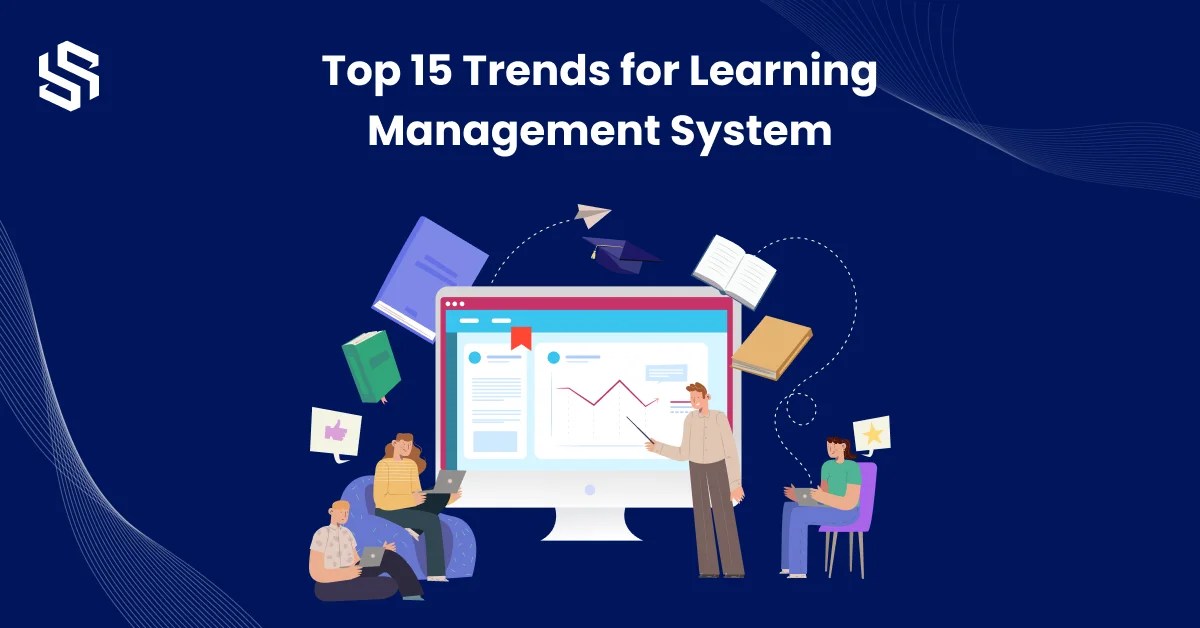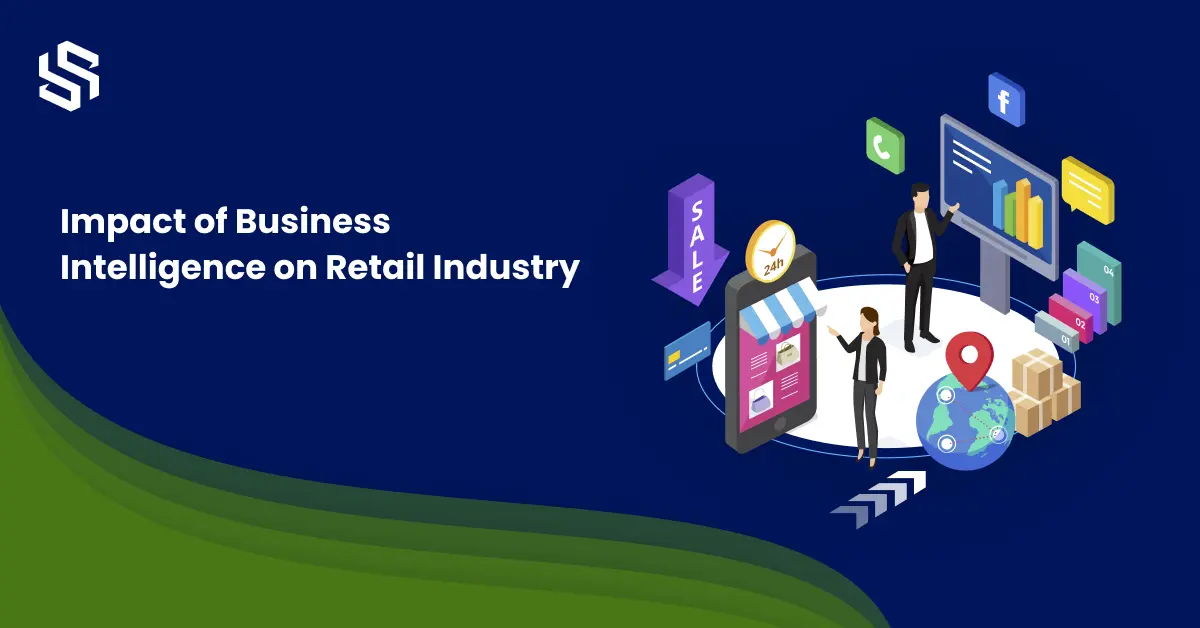When considering which platform to advertise on, it is essential to look at reach, cost, targeting capabilities, and conversion rates. For example, cost-per-click (CPC) may be better than Google Ads, while the traffic volume might be more beneficial if you choose Bing Ads.
When it comes to advertising for businesses, there are many options, but what are the significant differences between them? For example, if you would like to advertise a restaurant in your local area, next to a highway, or at an intersection with a high amount of traffic volume, then an advertisement on a billboard is often more beneficial than putting ads on bus stops because it’s more prominent to passersby. The main factors to consider when comparing platforms will be reach, cost, targeting capabilities, and conversion rates.
Google Ads is a web-based system for managing pay-per-click advertising campaigns. When users search a keyword to find something on the internet, Google can serve up a sponsored ad that uses that term in its campaign. It has been reported that because of Google’s dominance as the world’s first search engine, over 2/3 of internet users are known to use Google Play Store and Gmail as well; this makes it one of the most widely used platforms on the planet. The company evolved it into Google Ads in October 2018 – essentially, they rebranded it while keeping all of its core functions tactically intact.
It may sound odd, but advertising with google adwords doesn’t mean you automatically qualify to get on top just because your ad is shown as the advertiser. After all, you might end up getting pushed down the search engine results if there are advertisers who bid more than you.
Bing Ads are a type of paid search system that enables conducting pay-per-click marketing campaigns on the Bing search engine owned by Microsoft. It works like AdWords does for Google, except it has less competition, so your ads will have a greater chance of being seen.
Bing is one of the most used search engines nowadays, and thanks to Microsoft’s intelligent marketing strategy, it has three search engines – Bing, Yahoo, and AOL. With this powerful combination, you will see your ads on all famous Bing, Yahoo, and AOL-operated partner channels.
Moreover, the Bing Ads platform may not be as popular as Google Ads, but it still offers other key benefits, such as potentially lower costs per click and higher conversion rates. Additionally, Bing Ads lets users take advantage of copying your Google Ad campaigns over to the Bing platform – so you can get more out of what you’ve already started!
Most of our eCommerce customers use google advertisements and Bing ads platforms. It’s impossible to say which is better without personal experimentation. Your results may be like the overall market, or your company could vary from this. Testing and analysis are the only ways to know if Google and Bing are a match made in heaven — or if you should stick to one over the other for best results.
Many people ask us which one we think is the best for their online marketing, and there doesn’t seem to be any end in sight when it comes to the debate between Bing Ads and Google AdWords. To help you out, we’ve put together some of our favorite tips and tricks for making your advertising more effective on both platforms!
The current state of search engines differs in both subtle and significant ways. Microsoft (Bing) Ads often roll out similar features to Google and tend to come a few months or years later. When conducting side-by-side tests, you’ll notice how Bing offers unique AdWords alternatives that are not available for your AdWords campaigns at the moment.
Google offers multiple services for eCommerce businesses. This includes search and shopping ads (as well as display and YouTube ads), which advertisers can use to reach potential customers through Google. Using all of Google’s advertising options, you’re offering your buyers different ways to see your products and brand name. This will ultimately help increase brand visibility while also boosting conversions.
Bing’s ad platform also allows for Search and Shopping ads. It recently implemented Smart Shopping options. On the surface, it might appear that the two offer similar capabilities; however, Bing searches are nowhere near as advanced or rich in data as Google’s. With limited data available for optimization, Bing is not an apples-to-apples comparison for marketers!
When we decide to experiment with both Google and Bing Ads for our clients, we do so thoughtfully and with a keen eye on the budget. We want to make sure that we’re paying close attention to spending. With this in mind, before we focus more heavily on Bing Ads – run tests on Google first, learning as much as possible about what works and what doesn’t. Then import that information, those keywords, and rules directly into Bing Ads when you feel you’ve learned enough to hit the ground running in your new campaign. That way, you’ll be able to work efficiently without reinventing the wheel!
Once we’ve maxed out our marketing budget, clients might consider increasing their campaigns on Bing as a next step because it typically has a high return. Bing generally isn’t recommended for startups and websites without an established presence. Still, if clients are running out of options, they should learn more and then consider increasing the efforts on this platform ( though it can be tricky to get it right, so make sure you don’t try this unless you have a complete understanding of the system before doing so).
One must be very careful when using Google Ads. Google’s platform is more vulnerable to hackers because it has a lot of users. On the other hand, Microsoft needs better management software for Bing Ads and to add more features ASAP. If you’re looking for a similar return on investment (ROI) with fewer Google search results, check out Bing Ads. It may take some time to be as effective as Google, but Bing ads have good potential for the future!
Google Ads comprise two advertising networks – the Search Network and the Display Network. The Search Network consists of text ads that appear in the SERP. These types of ads are what we will be covering, though there will also be some information relating to Display advertising as well to keep things consistent across the two platforms.
The same company, Microsoft, operates Bing and Yahoo, so your ad can be seen on Bing and Yahoo, among other platforms, when you advertise with Bing. Moreover, because Microsoft is constantly developing three search engines at once, there’s a high chance that as you grow into an advertising powerhouse, you will have many new opportunities to share ads among them.
While Google and Bing have a lot in common, they each have very different audiences. For example, while Bing sees about 12 billion searches conducted yearly, Google users perform 5.6 billion searches globally, and 500 million are conducted in the US.
Obviously, Google has much more traffic because it’s the world’s number one search engine. The platform also allows for more sophisticated targeting options because of its widespread dataset and how rich in resources they are. This volume is something that can’t be discounted in determining a marketing strategy, mainly as internet marketers used to have to be creative with reaching customers, but now they have access to such an enormous potential customer pool via Google.
Bing can be a masterful tool when it comes to helping you reach older, more established users. However, due to a current shift in the trends of various demographics and their preference towards various electronic devices, Bing might not provide as much success with younger and more tech-savvy audiences.
Bing users can be tricky to track. While Google’s advertising platform is typically the gold standard for advertisements, Bing Ads has recently been catching up with its younger competitor in terms of targeting options and ad performance. What this means for those trying to run successful campaigns on the platform is that they might face challenges in reaching their desired demographic if they intend to focus on the online market while not focusing on mobile devices.
Google Ads is still considered the king of PPC advertising, but Bing has some advantages you may want to take advantage of. For example, when an ad is clicked on for Bing ads, those users are relatively more engaged with the site they are taken to after clicking through, and many tend to stick around. Google Adwords tends to see higher conversion rates but only slightly and sometimes not enough to outweigh other factors like budget or keywords since you’re only paying when someone clicks on your ad. This is one area that any business must measure and evaluate based on their industry, budget, audience, and advertising objectives.
It’s challenging to choose between Bing and Google, but you have to know that one will better serve your needs than the other. If the size of your target market matters most or if you need a platform that offers good tools and features for automated campaigns, then Google is well worth a look.
On the other hand, Bing isn’t right for every company’s PPC campaigns.















